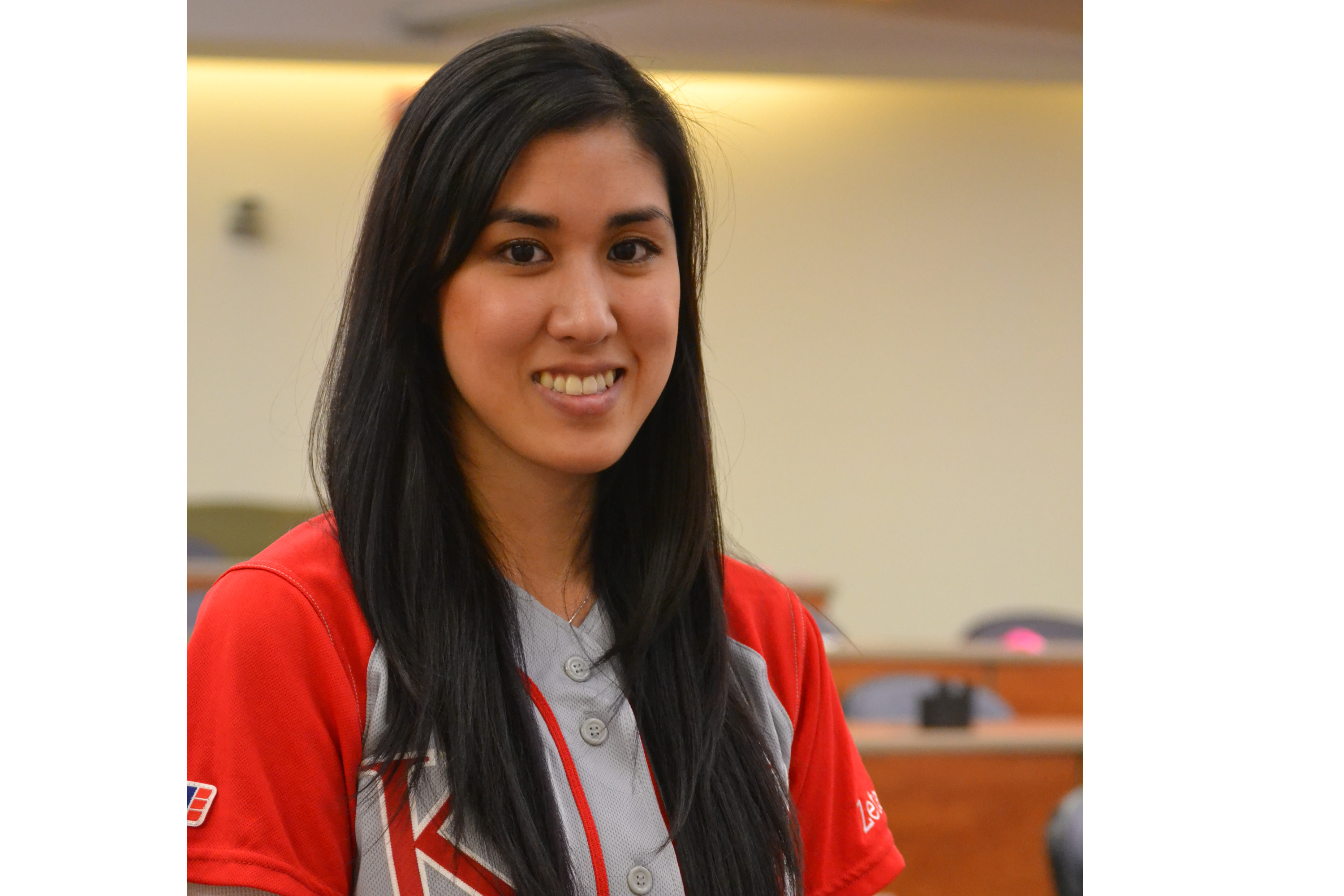News
Tylenol, Broken Ankles, and Grandparents
Tiffany’s Path to Pharmacy

As a kid, Tiffany Nguyen regarded Tylenol as the cure-all for every ailment.
“Whenever I felt sick, whenever I scraped my knee, whenever I had a fever—I’d run to my grandmother and ask her for Tylenol. Except I never pronounced it correctly; I called it Tee-yol,” she laughs, remembering. “I used to have an obsession with it. That, and Band-Aids with pictures on them,” she adds.
Raised by her Vietnamese-born grandparents her entire life, she’d often accompany them to their neighborhood pharmacist in Santa Ana, California. She became fascinated by the pharmacist and looked forward to these field trips. “He would give me empty medication bottles to play with, and as I grew older, I would talk to him. He always told my grandparents, ‘Make sure she goes into pharmacy when she gets older. She’ll be a great pharmacist!’”
And Tiffany took his advice. During her sophomore year in college at University of California-Irvine, she started working as a part-time pharmacy clerk at her nearby Rite-Aid. Then, a year down the line, she became certified as a pharmacy technician. She filled prescriptions, spoke with doctors over the phone, and counseled patients.
Her time at Rite-Aid taught her a lot. “Sometimes it was really hard for me to work with a lot of our patients—it taught me a lot of patience! Many of them wanted to just grab their medicine and run out, without waiting for me to explain what I needed to tell them about the prescription. But then I started learning how to communicate with them, and how to build their trust.”
It was during this transition period from clerk to technician that her grandmother went back to Vietnam for a visit and broke her ankle. After the surgery, the Vietnamese doctor prescribed her a long list of medications. But he didn’t educate Tiffany’s grandmother on the procedures for taking them.
“She was just given a brown bag of medications and told, ‘Here you go. Good luck!’” Tiffany recalls. “The problem was that my grandmother had no clue what the meds were because the drugs were international brands. My grandmother had never heard of, or seen, these medications in her life.”
So Tiffany became the go-to person for advice. “She would call me and ask, ‘what is this?’ And I’d have to research and find the American equivalent, and walk her through the process.”
“The healthcare system in Vietnam really comes down to what money can buy you. It’s hard to even trust your healthcare provider. I had to make sure everything she was taking was legitimate,” explained Tiffany.
This experience, Tiffany says, clinched her decision to become a pharmacist, and especially her interest in geriatrics.
The 26-year-old is now a second-year student at Touro College of Pharmacy, and plans to work in retail and focus on geriatrics. The main lesson she’s learned from her professional experience and her time at Touro so far is that a pharmacist needs to care enough to form a relationship with one’s regular clients.
“In our Cultural Competence class, we learn a lot about how to interact with different kinds of people. A pharmacist can’t really go far unless one’s patients trust them as their healthcare provider – and not just someone who dispenses medication for them,” she says.
“Working at Rite Aid, or doing my IPPE (Introductory Pharmacy Practice Experiences) rotations last year, I learned that not every patient interaction will be the same. I always tried to make sure I was someone my patients could trust and be comfortable with, so I tailored my communication techniques – I sometimes joked with one patient, while being more stern with another patient – in order to get my point across.”
Tiffany even knew her patients by name.
“I would acknowledge them from the middle of the aisle and say, ‘Hi, Mr. So and So!” It wasn’t until I started talking to them on that level that they started coming to me for help and trusting me.”
And Tiffany practices this mantra on a consistent basis. In fact, every time she goes back to California, she’ll stop in for a visit at the original Rite-Aid where she worked.
“Every time I go back to visit my store, I say hi to all my colleagues and check up on my favorite patients. I’ll ask, “How’s Mr. or Mrs. X doing? What’s new?” And they’ll fill me in on what I missed.”

